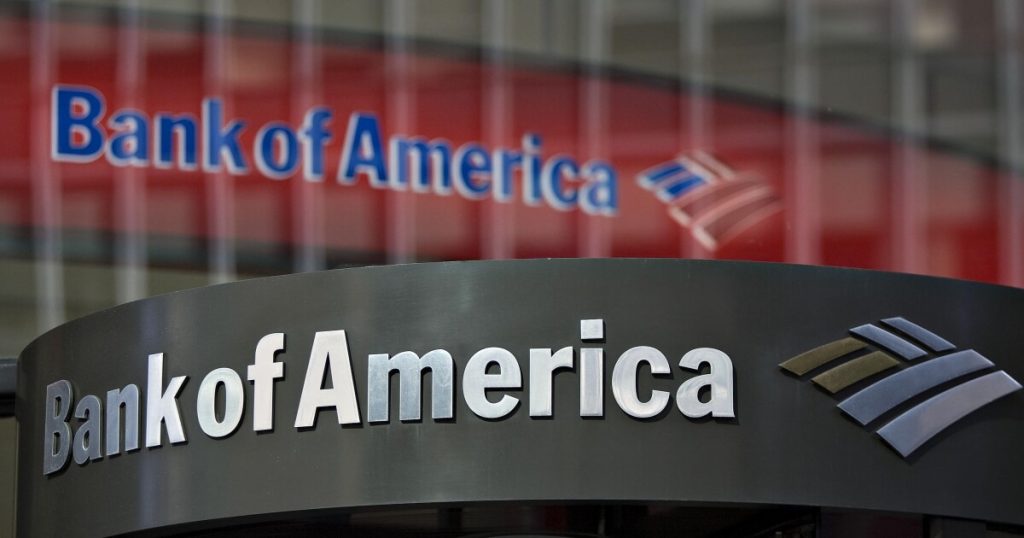This news is developing. Please check back here for updates.
The Charlotte-based megabank continued to shell out money to depositors, pinching its net interest income to almost $14 billion in the third quarter. That was down by about $400 million from a year earlier, though the figure did rise by about $300 million from the second quarter of this year.
In its press release Tuesday, the bank flagged the improvement compared with last quarter and that it’s been able to amass larger amounts of deposits over the past year.
“We reported solid earnings results, delivering higher average loans and our fifth consecutive quarter of sequential average deposit growth,” CEO Brian Moynihan said.
Revenue rose to $25.3 billion, which the bank said reflected “higher asset management and investment banking fees, as well as sales and trading revenue and lower net interest income.”
Average deposits grew to $1.92 trillion during the quarter, up from $1.88 trillion a year ago. It also reported some $1.06 trillion in average loans during the third quarter, up from $1.05 billion a year ago, as more commercial clients sought to borrow from the bank.
The company’s Wall Street operations helped drive its earnings, with investment banking and asset management fees rising by double digits compared with last year. Sales and trading revenue also grew by similar amounts.
Noninterest income jumped about 5.5% from a year ago to $11.4 billion.
Noninterest expense climbed 4% from a year ago to $16.5 billion, which the bank attributed to “revenue-related expenses and investments in the franchise.”
The company recently
Megabanks have spent the past decade trimming their branch footprints, but the targeted investments mark a turnaround. JPMorgan Chase and Wells Fargo are also opening new branches in select markets.
The bank also set aside more money to cover potential loan losses, with some $1.5 billion in provisions compared with $1.2 billion a year ago. Charge-offs at about $1.5 billion rose from $931 million a year earlier. The increase was partly driven by consumer credit card losses and commercial real estate loans.
But both categories saw fewer losses compared with the second quarter, Chief Financial Officer Alastair Borthwick said Tuesday.
“Asset quality was solid,” Borthwick said in the news release. “We believe our diverse business is a source of strength, helping us deepen existing client relationships and develop new ones, over time.”
